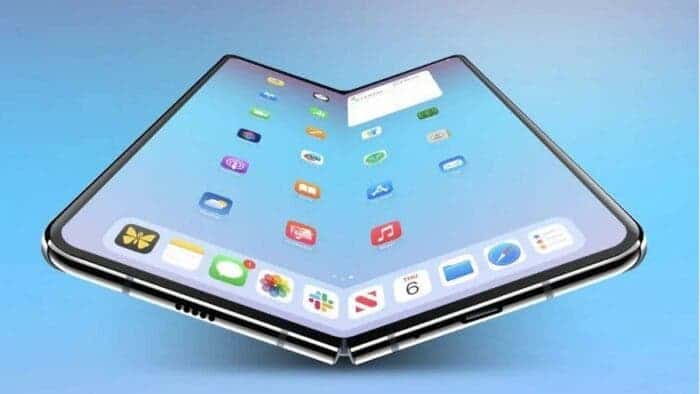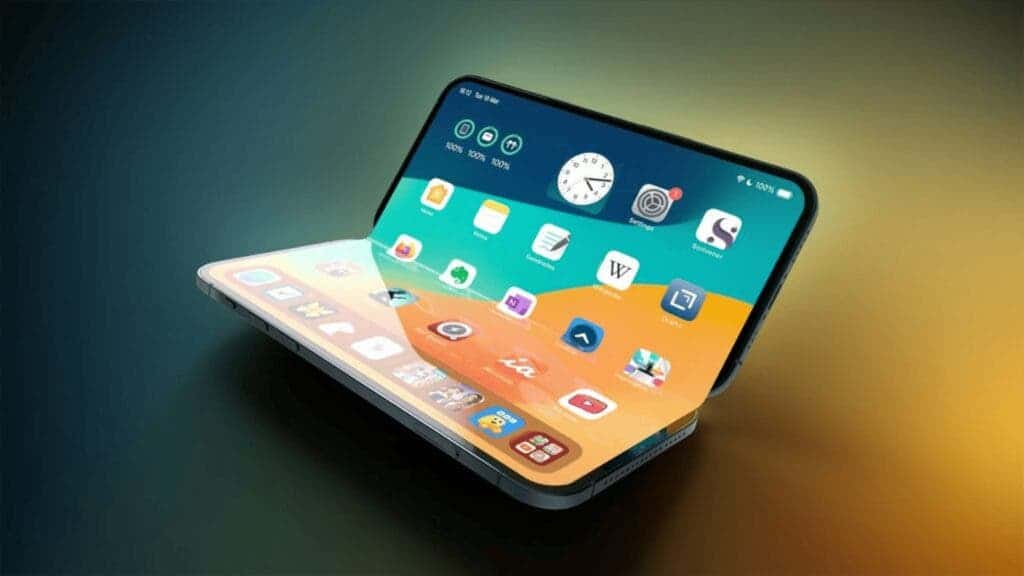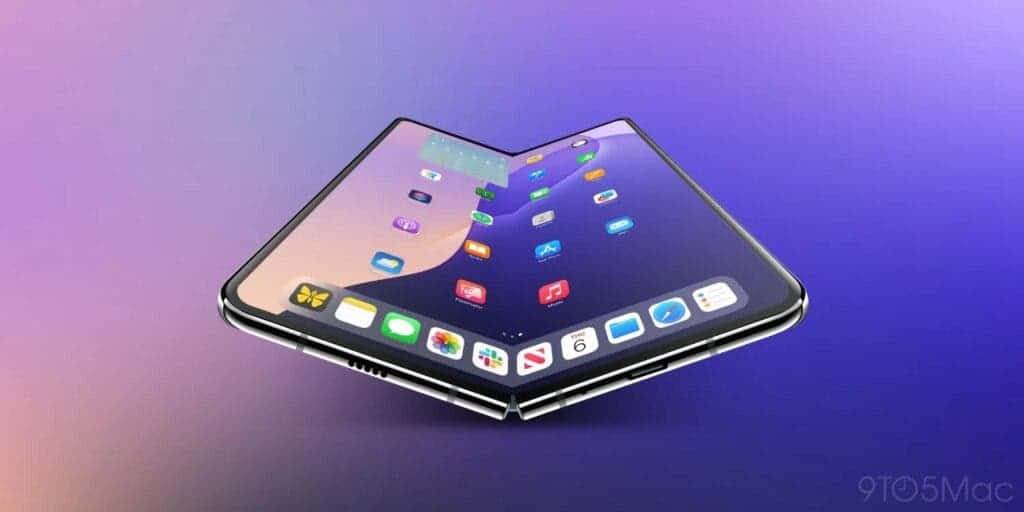ApplePhones
Apple’s Foldable iPhone Might Finally Fix the One Thing Everyone Hates About Foldables

Nick Papanikolopoulos
July 15, 2025

A foldable iPhone with no visible crease? It sounds like a marketing dream—or maybe a Reddit rumor—but according to analyst Ming-Chi Kuo, it’s real. And it’s coming. Kuo, a well-known supply chain watcher with a solid track record, says Apple is working with Samsung Display on a new type of folding screen that will feature a “crease-free” design. The key? Not just the display itself, but a metal stress-dispersing plate supplied by a company called Fine M-Tec. This component reportedly controls the way the screen flexes, smoothing out the pressure that usually creates that unsightly vertical line.

If it works as advertised, it would be the first truly crease-free foldable iPhone on the market. That’s a big deal.
Why Hasn’t Samsung Done This Already?
That’s the awkward part. Samsung has long used similar metal plate technology—also sourced from Fine M-Tec, according to Kuo—in its Galaxy Z Fold series. And yet, as of the latest Galaxy Z Fold 7, a visible crease is still very much part of the experience. So why is Samsung Display giving Apple something it hasn’t used itself?
There’s no confirmed answer. One theory: Apple may be getting a custom-designed panel and plate system, fine-tuned to meet stricter visual standards. Another possibility is that Apple’s rumored “much higher-quality hinge”, mentioned by Bloomberg’s Mark Gurman, plays an equal role in the crease-free effect. Or maybe, Apple’s just paying more for the premium version of what Samsung Display can make.
In short, it’s complicated. But it also raises the stakes.
The Specs We Know So Far
Kuo’s latest note sheds more light on what Apple’s foldable iPhone might actually look like:
- 7.8-inch inner display
- 5.5-inch outer display
- Two rear cameras, one front camera
- Touch ID in power button, not Face ID
- 4.5mm thickness unfolded, 9–9.5mm folded
- Launch targeted for late 2026
So yes, we’re still over a year away. But based on the dimensions, it’s going to be slightly thicker than the Galaxy Z Fold 7—which unfolds to 4.2mm and folds to 8.9mm. That said, Apple tends to optimize thickness for durability and thermal performance, so it’s not likely to compromise just to shave fractions of a millimeter.
 Image Credit: 9to5Mac
Image Credit: 9to5Mac
Also worth noting: that Touch ID button might not just be about design. It could also be a strategic workaround for the space-hungry Face ID module in a form factor where space is at a premium.
Does a Crease-Free Foldable Actually Matter?
Honestly? Yes. For all the advancements in foldable tech over the past five years, the crease has remained a constant reminder that you’re holding a first-generation idea in a future-facing shell. It’s something users notice constantly, especially when scrolling or watching full-screen content. Some learn to ignore it. Others never get used to it. If Apple really does eliminate that visual and tactile flaw, it could change how foldables are perceived—from novelty to necessity.
But… Can Apple Actually Pull It Off?
That’s the billion-dollar question. Apple isn’t first to foldables, but it doesn’t need to be. It waits, watches, and enters when it can redefine a category on its own terms—like it did with tablets and wearables. Still, foldables are inherently harder. There’s glass fatigue, hinge mechanics, UI design for two screens, battery constraints, and cost. Not to mention convincing millions of iPhone users who’ve never folded a phone in their life that they should start.
But if Apple’s foldable iPhone really is crease-free—and maintains the polish, reliability, and ecosystem benefits of a standard iPhone—it might actually be the one that sticks.
Disclaimer: We may be compensated by some of the companies whose products we talk about, but our articles and reviews are always our honest opinions. For more details, you can check out our editorial guidelines and learn about how we use affiliate links.Follow Gizchina.com on Google News for news and updates in the technology sector.
Source/VIA :
VIA